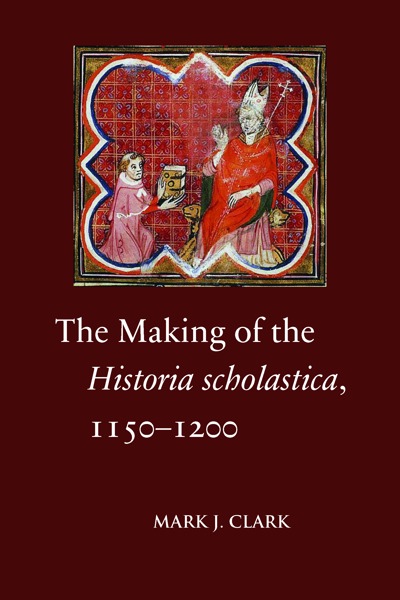
Usury and Public Debt in Early Renaissance Florence
Lorenzo Ridolfi on the 'Monte Comune'
Lawrin Armstrong
- Pages: 460 p.
- Size:156 x 234 mm
- Language(s):English
- Publication Year:2004
- € 85,00 EXCL. VAT RETAIL PRICE
- ISBN: 978-0-88844-144-7
- Hardback
- Available
This book presents an edition of the relevant portions of Ridolfi's Treatise on Usury and a running commentary on the text.
Money, politics and law were intimately linked in the merchant republics of medieval and Renaissance Italy. Nowhere was this more evident than in the realm of public finance. Beginning in the twelfth century, governments borrowed money from citizens to meet expenses that exceeded ordinary revenues; by 1350, most had converted their outstanding debts into permanent funds serviced by consumption taxes and levies on subject territories. Loans were usually compulsory, but ruling classes preferred them to taxes: not only did loans pay a return in the form of interest, but they could also be sold to recoup part of the lender's capital.
Despite the blessing of elites, deficit financing was highly controversial. In Florence, the creation of the funded debt was associated with social upheaval and remained a factor in political struggles for over a century. Debts in Florence and elsewhere also raised legal and moral questions that became the focus of growing controversy in the later Middle Ages. Lawyers and theologians rarely questioned the reliance of governments on debt, but many considered the payment of interest to government creditors a violation of the ban on usury, which law and theology defined as any charge for a loan.
The defence of public debt offered by the Florentine lay canonist Lorenzo Ridolfi (1362-1443) in his Treatise on Usury was the most influential contribution to the debate and quickly became the standard canonical authority on the problem. Usury and Public Debt in Early Renaissance Florence presents an edition of the relevant portions of Ridolfi's treatise based on the autograph manuscript in the Biblioteca Nazionale di Firenze and a running commentary on the text. The introduction examines Ridolfi's text in the light of earlier writers on the debt problem and situates it in the broader sociopolitical and cultural context of early Quattrocento Florence. This study will be of interest to legal historians, to historians of medieval political economy and economic thought, and to students of early Renaissance Florence.

